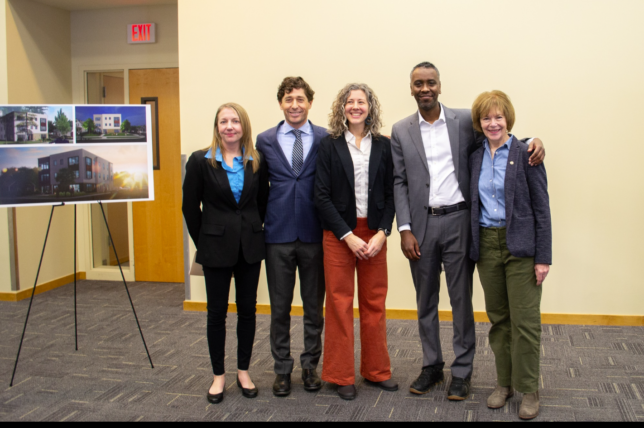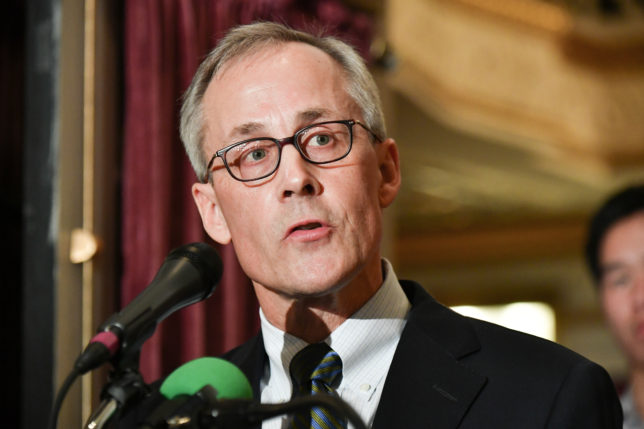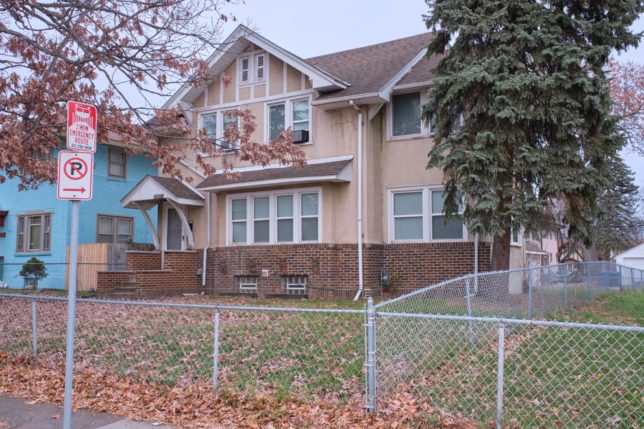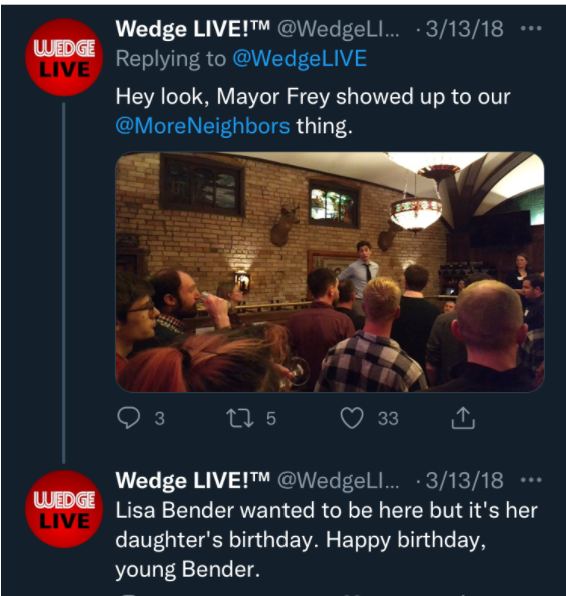
Minnesota’s current information page for its POHP funding program
Last year, the Minneapolis Public Housing Authority (MPHA) justified its million dollar request to the Minnesota state legislature by pointing out that it can no longer draw on financing from the state’s Publicly Owned Housing Program (POHP) to renovate many properties it maintains. POHP is a dedicated state funding source for public housing authorities to use. MPHA is the state’s largest public housing authority.
This fact sheet addresses how MPHA went from being the State’s most successful recipient of POHP to unable to take advantage of this funding. MPHA’s history of transferring public housing into private hands is limiting MPHA’s access to funding sources, risking the long-term sustainability of its model.
To understand MPHA’s current POHP predicament, it’s necessary to explain POHP’s history and how it operates. In 2005, the Minnesota state legislature created the Publicly Owned Housing Program (POHP) for renovating and preserving public housing units in the state. POHP funding can only be applied to the renovation of low-income public housing – housing that, as per Section 9 of the United States Housing Act of 1937, is operated by a municipal or regional Public Housing Authority (PHA). This means that POHP funding cannot be used to renovate housing that MPHA privatized and converted to the Section 8 Housing Choice Voucher program. While Section 8 rent is publicly subsidized, it is not publicly owned. It is owned by private landlords and non-profit corporations.
POHP distributes funds via a Request for Proposal (RFP) process, which is highly competitive. Once funding is provided, it can be allotted to a wide range of renovation needs. The funding is provided as a zero interest loan and is typically forgiven after its 20-year term.
POHP offers MPHA zero interest loans specifically for funding public housing renovation.

MPHA presentation to the MN state legislature stating that it cannot use POHP funding for CHR-held properties
In recent years, MPHA has highlighted the need for significant renovation. Why isn’t the agency drawing on such an obvious and accessible source of funding as much as possible? This contradiction becomes even starker when one realizes just how much MPHA has used POHP money in the past. Over the past decade, MPHA has received about $12.3 million in POHP funding from the state to renovate public housing. MPHA is so well versed in POHP policies that in 2020, MPHA’s own Community Update confidently stated that
Since its creation in 2012, MPHA has been the state’s most successful user of POHP grants to address essential capital repairs…. MPHA will continue to apply for this essential program to preserve our highrises, most of which are now more than 50 years old.
Despite this familiarity with POHP, MPHA has undertaken the privatization of public housing – rendering huge portions of its portfolio ineligible for POHP funding. Specifically, it has used two federal programs – Rental Assistance Demonstration (RAD) and Section 18 Demolition and Disposition – to convert its high rise and scattered site Section 9 public housing into privately owned “deeply affordable” housing that is subsidized by tax dollars. This resulted in displacement of residents and high rents. The POHP program overview explicitly states that housing converted through RAD is not eligible. In other words, by privatizing housing and transferring ownership to its subsidiary nonprofit Community Housing Resources (CHR), MPHA deliberately limited its ability to use POHP funding. Now, MPHA complains about its inability to access POHP, as if the legal barriers were not a consequence of the agency’s own decisions.
In addition to sacrificing access to future POHP funding, MPHA’s privatization agenda may result in additional costs associated with previously disbursed POHP money. While MPHA typically refers to POHP funds simply as “loans,” in its March 2022 Board Packet, MPHA stated, “the loans have a term of 20 years and are forgiven and extinguished with no repayment required if the MPHA continues to operate and manage the developments as public housing for public housing residents.” In other words, these are effectively grants and only become loans if MPHA decides to privatize the properties. This is meant to provide an incentive to maintain the properties as public housing. Did MPHA have to repay “loans” which would have been forgiven had they maintained their public housing status?
Another reason MPHA may be less reliant on POHP going forward is that PHOP requires that each housing community have a concrete relocation plan, which is something MPHA failed to do for its residents during the RAD conversion of the Elliot Twin High rises. MPHA’s “relocation plan” for Elliot Twins did not provide a timeline for relocation, asked residents to move in with friends and family, and contradicted itself several times about whether residents would even have to leave the building during renovation. All of these actions violate the relocation requirements for projects funded by POHP.
MPHA’s failure to meet POHP’s relocation requirements may be another reason that MPHA has deliberately limited its access to POHP funds. Was MPHA trying to avoid accountability by making their housing ineligible for POHP? Perhaps MPHA assumed that the private sector cash that would flow in once units had been converted to private housing would eliminate the need for POHP funds. Either way, MPHA’s current complaints about being unable to draw on POHP and their hinted plans to lobby to alter POHP to cover privatized housing suggest that this the gamble did not work out. Instead, by privatizing, MPHA blocked the opportunity to access unlimited state funds.
Meanwhile, they say they are $31 million dollars behind in repairs. This is the contradiction at the core of MPHA’s current approach to housing policy: they deliberately deny themselves access to public money and then refuse accountability.






